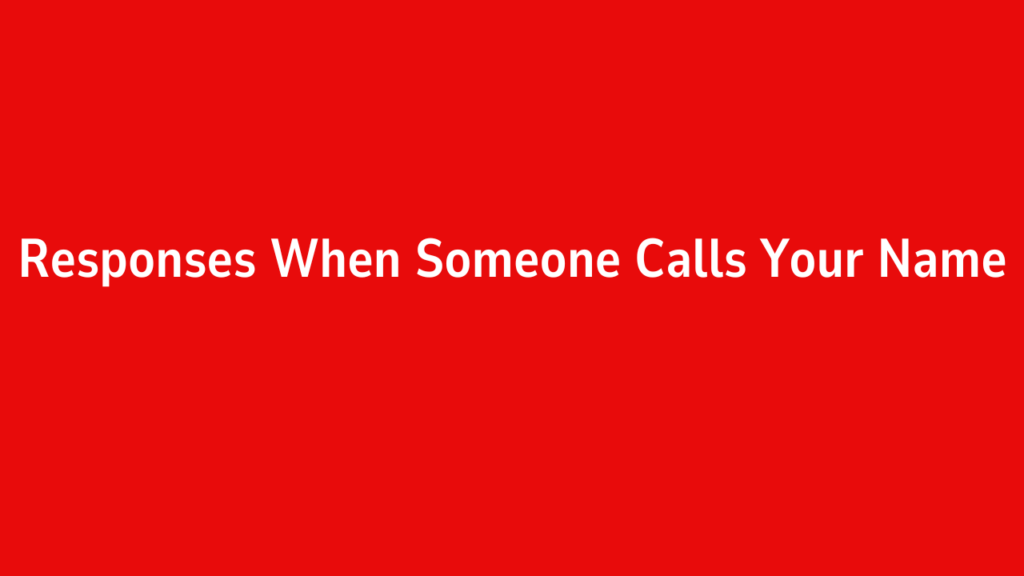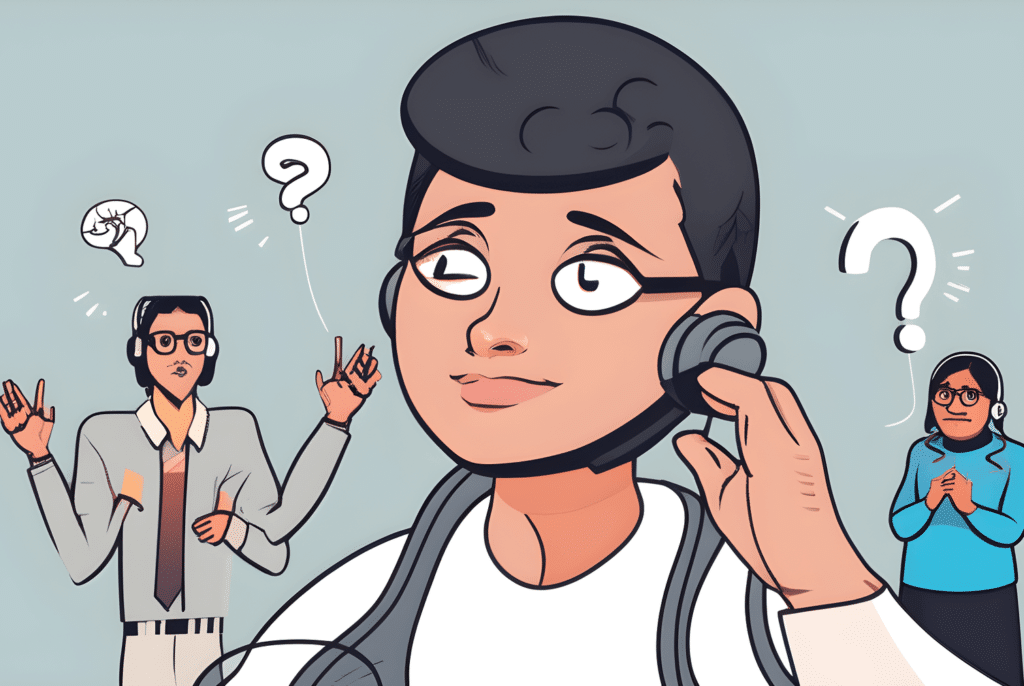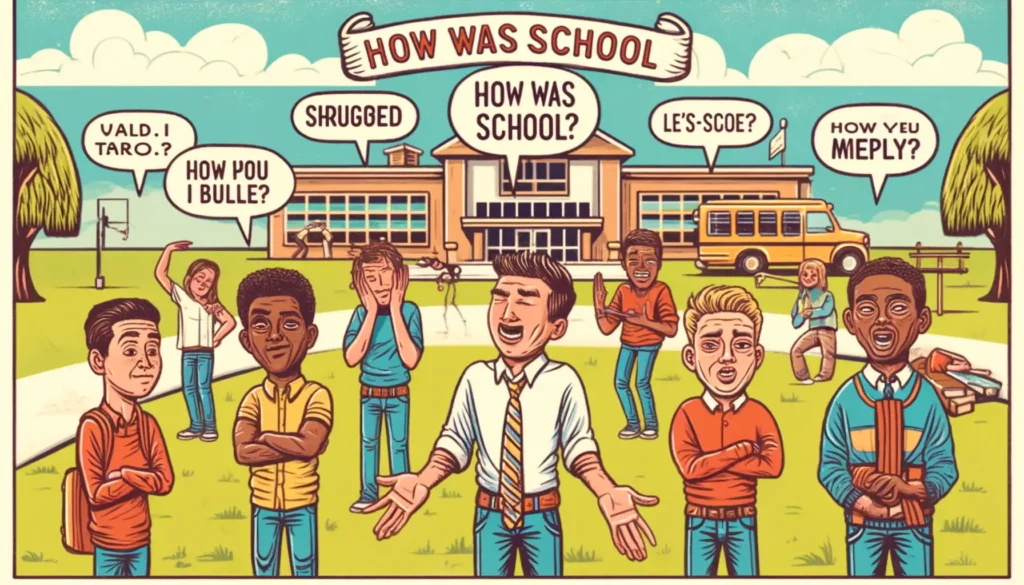Being called by your name is a fundamental part of human communication. It signals attention, recognition, and connection. Whether it’s a casual encounter, a formal meeting, or a close conversation, how you respond when someone calls your name can vary based on the context, the relationship you have with the person, and your own personality.
In this blog post, we’ll explore various responses to hearing your name. From simple replies to more thoughtful or playful responses, we’ll cover a range of situations. This will help you navigate these social moments with ease and confidence.
Why People Call Your Name
Before diving into specific responses, it’s helpful to understand why people call your name in the first place. Your name is a significant part of your identity, and calling it serves a few key purposes:
- To Get Your Attention: Most often, when someone calls your name, it’s because they want to get your attention. This could be for anything from asking a question to initiating a conversation.
- To Acknowledge Your Presence: Calling your name can be a way of greeting you or recognizing that you’re there.
- To Express Emotion: Sometimes, people call your name to express an emotion or emphasize something, such as calling you in excitement, anger, or concern.
- To Communicate a Message: A name might be called to convey something important or specific, like giving instructions, making a request, or pointing something out.
- To Show Affection: In more intimate or friendly settings, calling your name can be an expression of care, affection, or familiarity.
With all these factors in mind, let’s take a look at the different ways you can respond when someone calls your name.
Types of Responses
1. Casual Responses
Casual responses are the most common and comfortable reactions to hearing your name. These are ideal for informal settings and situations where the conversation is light and relaxed.
Examples of Casual Responses:
- “Yeah?”
- A simple, easy-going response, perfect when you’re in a conversation or are just trying to acknowledge that you’ve heard your name.
- “What’s up?”
- This is a friendly and informal response that shows you’re open to chatting and want to know the reason why your name was called.
- “Hey!”
- A quick and easy response, commonly used between friends or acquaintances. It signals a casual acknowledgment.
- “Hi there!”
- A welcoming response, especially when someone calls your name in a friendly or inviting tone.
- “Yes?”
- A classic reply that shows you’re attentive and ready for the next part of the conversation.
Why It Works:
- Keeps the Conversation Light: These responses help maintain a casual tone and keep things easygoing.
- Non-committal: Great for when you aren’t sure why your name was called but want to acknowledge the call.
2. Formal Responses
In professional or formal settings, it’s important to respond respectfully and appropriately. These responses maintain a sense of politeness and professionalism while still acknowledging the person calling your name.
Examples of Formal Responses:
- “Yes, how can I help you?”
- A respectful and helpful response, especially when you’re in a formal or work-related setting and the other person might need your assistance.
- “Good afternoon, how can I assist you?”
- A courteous and professional response that combines a greeting with an offer of help.
- “Hello, is there something I can do for you?”
- Another polite response, perfect for when someone calls your name in a more formal or serious context.
- “I’m here, what can I do for you?”
- A response that shows you’re attentive and ready to engage in whatever is needed, often used in meetings or professional scenarios.
- “Yes, please feel free to share.”
- A slightly more formal yet friendly response that invites the other person to speak or give information.
Why It Works:
- Maintains Professionalism: Formal responses help create an atmosphere of respect and seriousness.
- Shows Readiness: These replies demonstrate your willingness to be helpful, which is especially important in professional or formal settings.
3. Friendly and Warm Responses
When you’re called by a friend or family member, you may want to respond in a way that reflects warmth and familiarity. These responses are perfect when you want to convey affection and friendliness.
Examples of Friendly Responses:
- “Hey there!”
- A warm, cheerful greeting that shows excitement or affection for the person calling your name.
- “What’s going on?”
- A friendly way to acknowledge the call and express curiosity about what the person wants or how they’re feeling.
- “How’s it going?”
- A casual and caring response often used among friends or acquaintances. It signals that you’re ready to engage in the conversation.
- “Hey, what’s up?!”
- A fun, energetic response perfect for close friends or anyone you’re familiar with.
- “You rang?”
- A humorous and playful way to respond, especially if you’re close to the person calling your name.
Why It Works:
- Creates a Positive Atmosphere: These responses promote a friendly and engaging environment, making conversations feel more relaxed and enjoyable.
- Encourages Openness: By offering a warm and caring reply, you’re likely to open the door for further discussion or interaction.
4. Curious Responses
Sometimes, when someone calls your name, you might not know what they need or why they’re calling you. In these cases, showing curiosity with your response can help lead the conversation in the right direction.
Examples of Curious Responses:
- “What’s up? Is everything okay?”
- A caring response that shows concern and curiosity about why your name was called.
- “What do you need?”
- A direct and straightforward way to ask for the reason behind the call, especially if it’s unclear.
- “What’s going on?”
- A simple and open-ended response that invites more information and starts a conversation.
- “Did you need something?”
- A question-based response that signals you’re open and ready to listen.
- “Why did you call me?”
- A more direct and casual approach, good when you’re unsure about the reason for the call.
Why It Works:
- Clarifies the Intent: These responses help you understand the reason for being called and give the other person a chance to explain themselves.
- Shows Engagement: You’re actively showing interest in the conversation, which can create more meaningful interactions.
5. Surprised or Exaggerated Responses
Sometimes, when your name is called unexpectedly, it can catch you off guard. Responding with surprise can help convey this, making your reply more engaging or humorous.
Examples of Surprised Responses:
- “Oh wow, you actually called my name!”
- A playful response that shows you’re surprised and possibly amused by the situation.
- “Did I hear that right? You called my name?”
- A lighthearted way of showing surprise, often used when you’re taken aback by the situation.
- “What did I do this time?”
- A humorous response that plays on the idea that something unexpected might have happened.
- “I wasn’t expecting that! What’s up?”
- A playful and surprised reaction, good for situations where you’re not sure what to expect.
- “I hope this isn’t about the last thing I did!”
- A slightly exaggerated, humorous way to show surprise and curiosity about the reason for the call.
Why It Works:
- Engages the Other Person: Showing surprise or exaggeration can make the situation feel more fun and playful, encouraging the other person to engage with you more.
- Creates Humor: These responses add a touch of humor to a situation, making the interaction more lighthearted.
6. Playful and Humorous Responses
Playful responses can be perfect for moments when you want to add a little humor to the conversation. Whether you’re with friends, family, or colleagues who appreciate a lighthearted tone, these responses can make the interaction more fun.
Examples of Playful Responses:
- “Here I am! What’s the emergency?”
- A funny and exaggerated response that adds humor to the situation.
- “Did someone call for a genius?”
- A playful response that makes light of the situation, perfect for a more casual, funny exchange.
- “You called? I’m at your service!”
- A humorous way to acknowledge the call, showing readiness in a playful way.
- “What’s the plan, boss?”
- A lighthearted response that adds a bit of humor to the conversation while acknowledging the person who called you.
- “I’m all ears, what’s up?”
- A fun way to show you’re paying attention, with a playful twist.
Why It Works:
- Creates Fun Conversations: These responses add humor and energy to the situation, making conversations feel more enjoyable.
- Encourages Playfulness: Playful responses often encourage others to be more open and creative in their responses, creating a more dynamic interaction.
Conclusion
The way you respond when someone calls your name depends on a variety of factors, including the context, your relationship with the person, and your personality. Whether you’re offering a casual response, maintaining professionalism, showing curiosity, or responding with humor,



